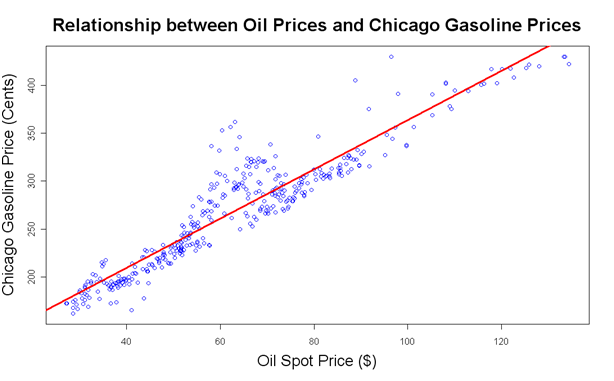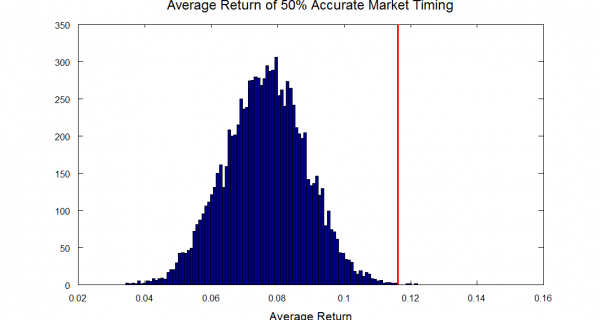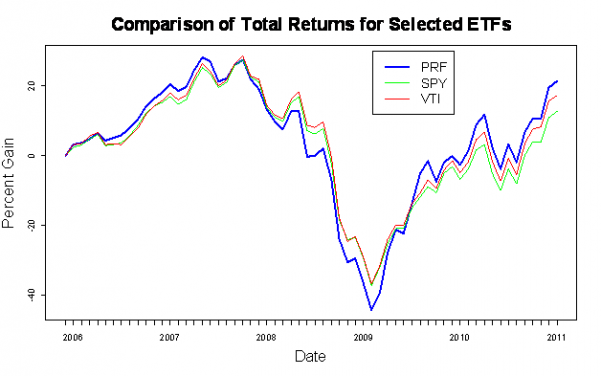A Reading List for Analytical Investors
I enjoy working with investment simulations and models, and this reading list is for investors who want to learn do their own investment analysis.
All of the books on this list require a fair amount of math, but I have labeled a few books which are especially challenging as “Advanced”.
For investors who want to learn about investing without all the mathematics, models, and spreadsheets, I recommend checking out my “Part 1” list.
- The Intelligent Asset Allocator – William Bernstein: This book is a basic introduction to portfolio theory and asset allocation. The book walks the reader though the valuable concept of mean-variance optimization, and it has great chapters on market efficiency and on constructing your personal portfolio.
- An R Companion to Applied Regression – John Fox: This book has nothing to do with investing or finance, but it does provide an excellent introduction to the R programming language. R is a sophisticated statistical analysis software package which is open source and available for free. I frequently use R for the regression analysis and simulations on this website.
- Valuation – Koller, Goedhart, and Wessels: This book is about valuing companies. I’m not a fan of picking individual stocks for my investment portfolio, so this might seem like an odd recommendation. However, I think valuation is a fascinating topic. I used this book as part of a Financial Statement Analysis class at the University of Chicago, and I liked it because it goes beyond the mechanics of valuation and forces you to think hard about the inputs used in the models. I think some understanding of stock valuation is important..even for a diehard indexer such as myself.
- Active Portfolio Management – Grinold and Kahn (Advanced): As the title suggests, this book is about using quantitative techniques to actively manage a portfolio. This book is geared towards practitioners, but it does have some heavy duty math. I like this book because it provides very clear explanations for many of the important ideas in quantitative finance. It covers asset pricing models, risk, expected returns, valuation, forecasting, etc. Also, there is an interesting chapter on the historical record of active management. I’m going to stick with indexing, but it is interesting to hear the case for active management presented by sophisticated investors who are familiar with the academic evidence against it.
- Derivatives Markets – Robert L. McDonald (Advanced): This is a textbook on financial instruments. Futures, swaps, and options are covered in detail. I don’t use any of these instruments in my own portfolio, and I think individual investors who do use them are usually using them for speculation. Nevertheless, these instruments play an important role in modern financial markets, and they can help individuals and institutions to manage risk in some situations.
- Asset Pricing – John H. Cochrane (Advanced): One of the reviews for this book on Amazon is titled “Not for Wimps”. I agree with that description. The book starts out with a derivation of a consumption based model of asset pricing, and the rest of the book builds from that foundation. The book is theoretical, and it lacks the “how-to” examples of more basic books. However, if you really want to develop a deep understanding of asset pricing theory, then this is a great book.
Disclosure: The links in this post are affiliate links. That means that if you click through from my link and buy the book, I receive a small commission.



